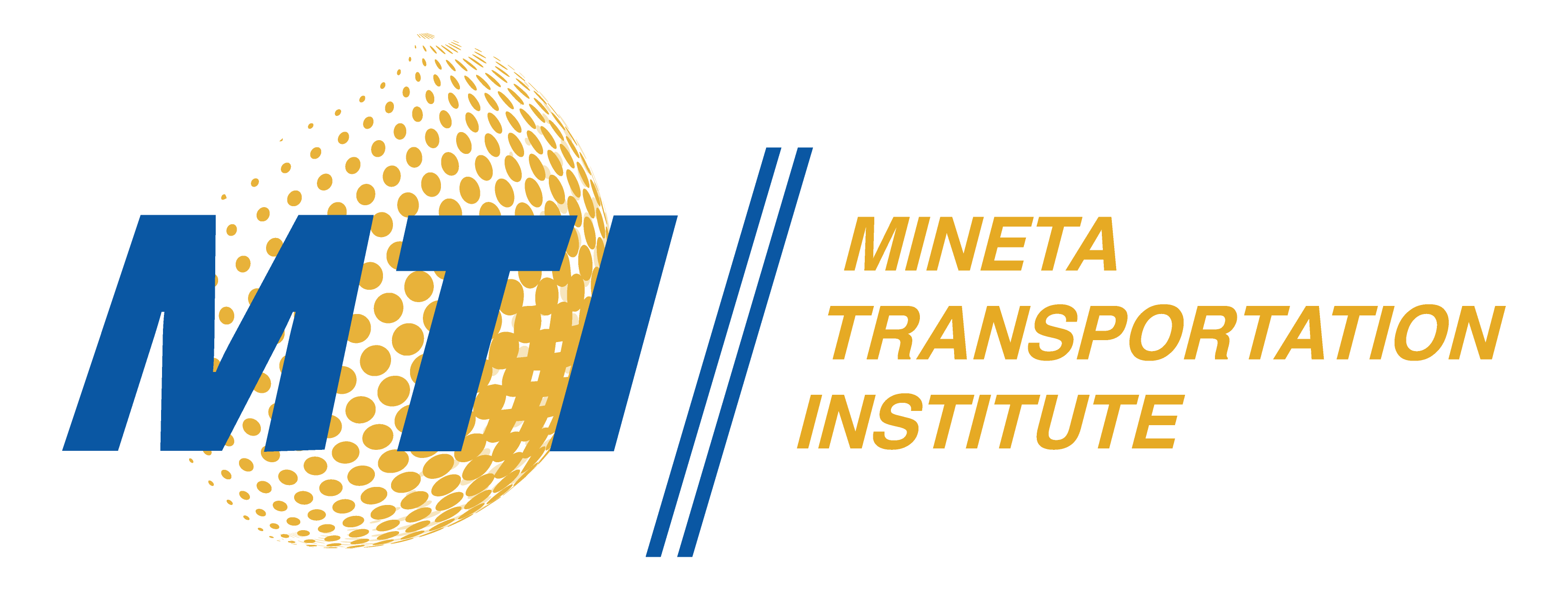Description
This report presents the findings from a research project investigating the relative data quality and administration costs for three different modes of surveying bus passengers that produce results generalizable to the full passenger population. The three modes, all of which used survey methods distributed or administered onboard the transit vehicle, were: self-complete paper surveys, self-complete online surveys, and interviewer-assisted tablet-based surveys. Results from this study indicate several implications for practitioners choosing a survey mode. First, and most importantly, the analysis reinforces the point that there is no single, best survey mode. The choice of mode must depend on an agency’s priorities for what questions most need to be answered, what population groups are most important to represent, and exactly how the agency chooses to define concepts like a “complete” survey or a “usable” address. Findings suggest several general recommendations for current survey practice: (1) online surveys administered via an invitation distributed on the transit vehicle are not a good option; (2) old-fashioned, low-tech paper survey may still be the best option for many bus passenger surveys; (3) changes in survey results that accompany changes in survey methods should be interpreted with caution; and (4) using a new survey method, especially one relying on more complex technologies, may create unexpected glitches.
Publication Date
6-2015
Publication Type
Report
Topic
Miscellaneous
MTI Project
1206
Mineta Transportation Institute URL
Keywords
Surveying methods and processes, Market surveys, Travel surveys, Bus transit
Disciplines
Transportation
Recommended Citation
Asha W. Agrawal, Stephen Granger-Bevan, Gregory Newmark, and Hilary Nixon. "Comparing Data Quality and Cost from Three Modes of On-Board Transit Passenger Surveys" Mineta Transportation Institute (2015).
Research Brief

